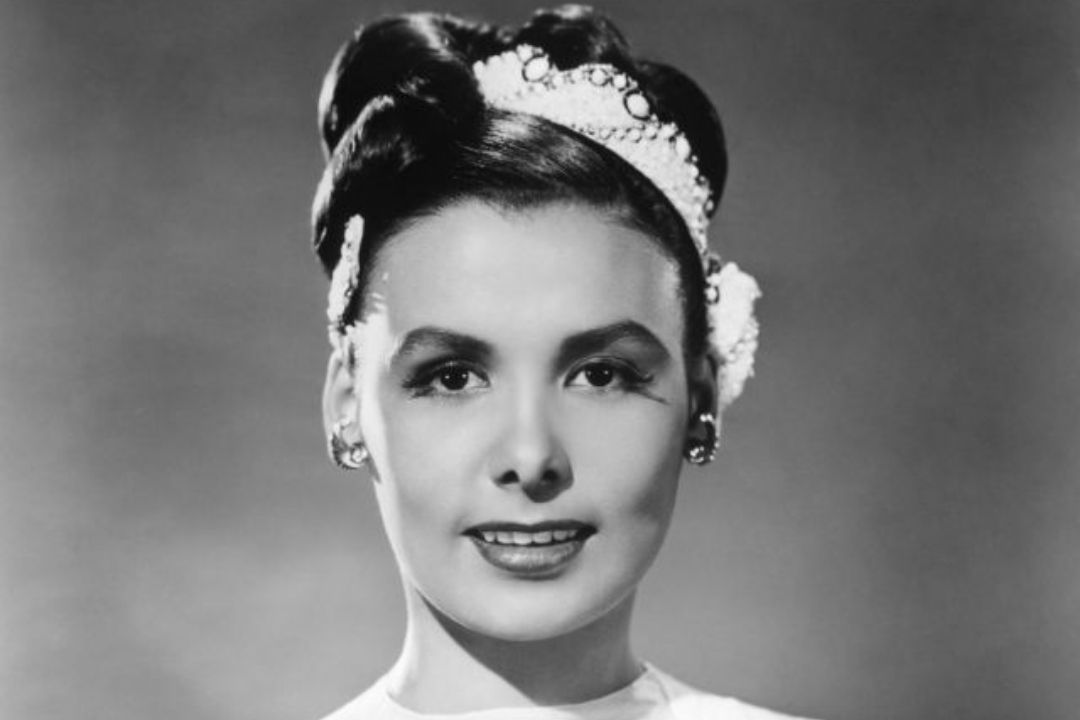About the song
Lena Horne – “Stormy Weather”
A Timeless Torch Song of Heartache, Resilience, and Social Impact
“Stormy Weather,” as sung by the legendary Lena Horne, is one of the most enduring and emotionally powerful torch songs in the history of American music. Originally written in 1933 by Harold Arlen (music) and Ted Koehler (lyrics), the song has been performed by many great vocalists over the decades. However, it was Lena Horne’s haunting, heartfelt rendition—particularly her 1943 performance in the film Stormy Weather—that elevated the song to iconic status and cemented her own place in musical and cultural history.
The Origins of the Song
“Stormy Weather” was first introduced by Ethel Waters at The Cotton Club in Harlem in 1933, and it quickly became a jazz and blues standard. The lyrics describe emotional devastation following a lost love, using weather as a metaphor for internal turmoil:
“Don’t know why, there’s no sun up in the sky
Stormy weather…
Since my man and I ain’t together
Keeps raining all the time.”
The song’s melody is deeply melancholic, and its lyrics are raw with longing and sorrow. Its emotional range, combined with its melodic richness, has made it a favorite for singers seeking to showcase not just vocal prowess but depth of feeling.
Lena Horne’s Defining Rendition
Though “Stormy Weather” had already been covered by many artists by the early 1940s, it was Lena Horne’s 1943 performance in the Hollywood musical of the same name that made it her signature song. In the film Stormy Weather—which was one of the first major studio productions to feature an all-African American cast—Horne performs the song in a smoky, sensual nightclub setting. Her delivery is at once elegant, restrained, and deeply expressive.
Her smooth contralto voice, marked by a controlled vibrato and crystal-clear diction, gave the song new emotional dimensions. She didn’t just sing “Stormy Weather”—she embodied it. The subtle pain in her tone, combined with her stunning stage presence, gave audiences a feeling that went beyond heartbreak—it spoke to loneliness, longing, and the storm of emotion just beneath the surface.
This version of the song became a commercial and critical triumph. It not only became Lena Horne’s most requested number during her performances but also a defining moment of her career. She would perform it repeatedly throughout her life, including at civil rights events and in her final concerts more than 50 years later.
Musical Structure and Style
Musically, “Stormy Weather” is a slow blues-influenced ballad in a minor key. It features a somber tempo and a descending melodic line that mirrors the lyrical despair. Lena Horne’s interpretation leaned heavily into the jazz idiom, but with a theatrical flair that reflected her background in both music and film.
What set Horne’s version apart was her precise phrasing and timing. She knew when to hold back and when to let emotion rise to the surface. Her restraint added to the intensity—rather than belting or oversinging, she allowed the heartbreak to simmer, making it more relatable and real.
Social and Cultural Impact
Lena Horne’s version of “Stormy Weather” holds a special place not just in music history but also in the African American experience in 20th-century America. At a time when Black performers were often restricted to limited, stereotypical roles in film and music, Horne brought elegance, intelligence, and dignity to her performances. Her presence in Stormy Weather was a breakthrough moment: here was a Black woman, glamorous and poised, delivering a song of universal emotional truth to mainstream audiences.
The song, in her hands, took on layers of meaning. While on the surface, it’s a tale of romantic despair, for many, it also came to symbolize the struggles of Black Americans—weathering storms not only of the heart, but of systemic injustice and exclusion.
Lena Horne herself became a powerful advocate for civil rights. She refused to play roles that were demeaning to African Americans and often clashed with studios over their treatment of Black performers. Her association with “Stormy Weather” thus extended beyond music—it became symbolic of the personal and professional battles she fought in her career.
Legacy
Decades after its release, Lena Horne’s “Stormy Weather” remains one of the most revered renditions of any jazz standard. It has been included in multiple “greatest songs of all time” lists and is a staple in the Great American Songbook. Her version influenced generations of vocalists, from jazz singers like Nancy Wilson and Diana Ross to pop divas like Barbra Streisand.
In 2003, her recording of the song was inducted into the Grammy Hall of Fame, honoring its “lasting qualitative or historical significance.”
Conclusion
“Stormy Weather” is far more than a love song—it is a haunting expression of vulnerability, strength, and emotional survival. And no one captured that essence better than Lena Horne. Through her voice, presence, and the stormy skies of her own experience, she turned a simple torch song into an enduring cultural artifact, one that still resonates with beauty, sorrow, and timeless grace.
